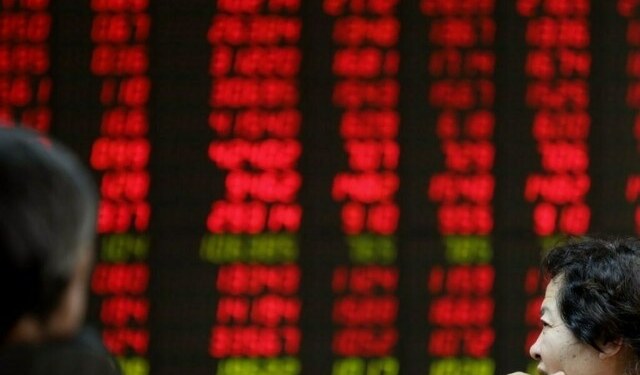NEW YORK: US Treasury yields fell on Thursday with longer-dated yields hitting near two-week lows as investors await President Donald Trump’s possible announcement of Jerome Powell as the next head of the Federal Reserve.
Bond yields initially declined in step with lower U.K. yields after the Bank of England hiked policy rates for the first time in a decade and signaled it would adopt a gradual approach to increase rates further.
Treasury yields decreased further as losses among Wall Street shares deepened when investors took in details of the Republican plan.
Analysts said there were doubts about whether tax cuts could be passed.
“It’s going to have a hard time passing in its current form,” said Aaron Kohli, an interest rate strategist with BMO Capital Markets in New York. “It’s not clear how it’s going to be paid for.”
At 11:27 a.m. ET (1527 GMT), benchmark 10-year Treasury yield was 2.349 percent, down 3 basis points on the day, while the 30-year yield was 3 basis points lower at 2.831 percent.
The yield curve between five-year notes and 30-year bonds was 83.1 basis points, over 1 basis point above its flattest level last seen in late 2007 which was reached on Wednesday.
The drop in US yields was capped in advance of Trump’s announcement of his Fed chief pick at 3 p.m. (1900 GMT) and the government’s payrolls report for October on Friday.
Powell, who sits on US central bank’s board, is seen as a figure who would stick with the monetary policy stance favored by current Fed Chair Janet Yellen, whose term expires in February.
Financial markets are expected to move little if Powell were selected by Trump.
“The market has priced in for Powell,” Kohli said.
On the data front, US worker productivity increased at a 3.0 percent annualized rate in the third quarter for its fastest pace in three years, while weekly first-time filings on jobless benefit fell to their lowest in 44-1/2 years.
These latest figures supported the view the Fed would raise rates at its Dec. 12-13 policy meeting.
The Bank of England as expected increased its policy rate for the first time in more than 10 years, lifting it to 0.5 percent.
Source: Brecorder.com



























